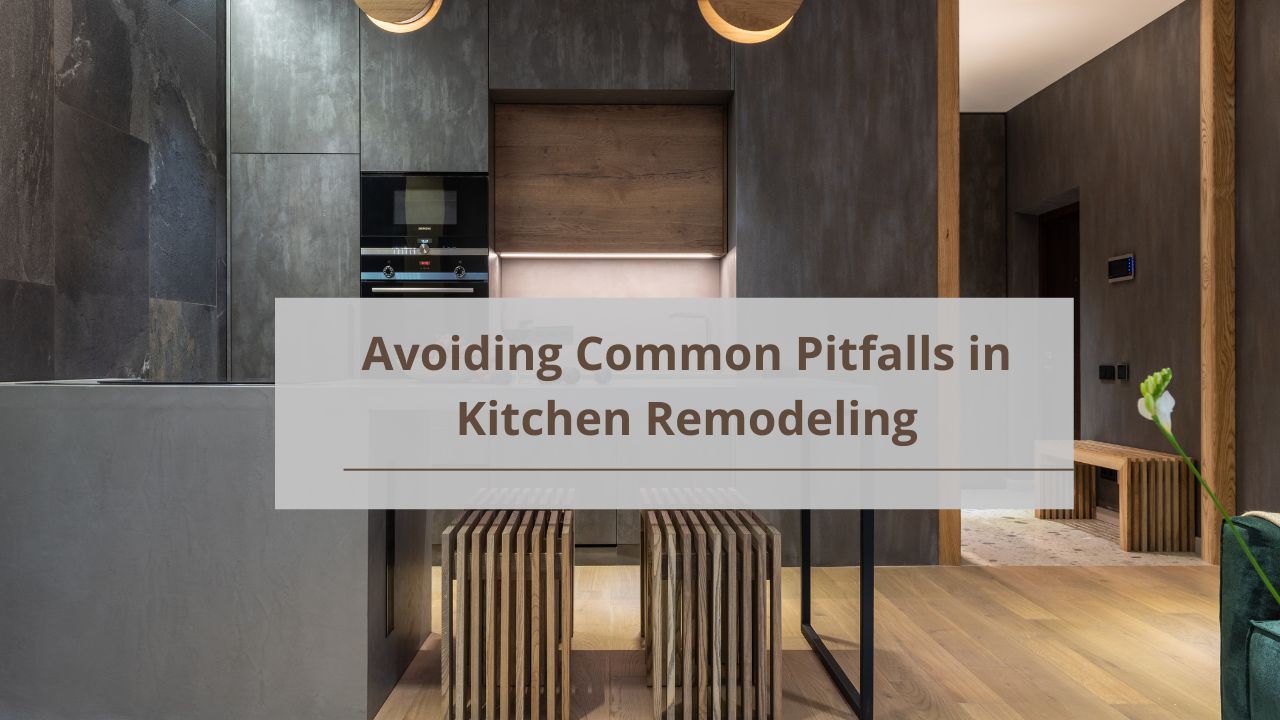Remodeling your kitchen is a significant home improvement project that can transform your space into a more functional and stylish area. Whether you’re looking to update an outdated design or create a more efficient cooking environment, a kitchen remodel can enhance both the aesthetics and functionality of one of the most important rooms in your home. This step-by-step guide will walk you through the entire remodeling process, from planning to finishing touches, ensuring a smooth and successful project.
Planning and Preparation
Assessing Your Needs and Goals
Identifying Key Objectives: Start by defining what you want to achieve with your remodel. Are you looking to increase storage, improve functionality, or simply update the look of your kitchen? Understanding your primary goals will help guide your design decisions.
Setting a Budget: Determine how much you’re willing to spend on your remodel. Include costs for materials, labor, and any unexpected expenses. A well-planned budget will keep your project on track and prevent financial surprises.
Designing Your New Kitchen
Creating a Floor Plan: Sketch out a floor plan that meets your needs. Consider the kitchen work triangle (the relationship between the sink, stove, and refrigerator) to ensure a functional layout. Use design software or consult a professional designer for more detailed plans.
Choosing a Design Style: Decide on a style that reflects your taste and complements your home. Popular kitchen styles include modern, traditional, farmhouse, and contemporary. Your choice will influence the selection of materials, colors, and finishes.
Hiring Professionals
Finding the Right Contractor: Research and interview potential contractors. Look for reviews, ask for references, and ensure they have the necessary licenses and insurance. A good contractor will help manage the project and ensure quality work.
Working with Designers and Plumbers: If you’re not experienced in design or plumbing, consider hiring professionals to assist with these aspects. Designers can help with layout and aesthetics, while plumbers will ensure all installations are up to code.
Demolition and Removal
Preparing for Demolition
Safety Precautions: Before starting demolition, ensure that the area is safe. Turn off utilities, such as water and electricity, to avoid accidents. Protect surrounding areas with drop cloths and cover furniture.
Removing Old Fixtures and Cabinets: Carefully remove old cabinets, countertops, and appliances. If you plan to reuse any items, ensure they are in good condition and set them aside for later use.
Handling and Disposal of Debris
Recycling Options: Many remodeling materials, such as wood and metal, can be recycled. Check with local recycling centers to see what materials they accept.
Proper Disposal Methods: Dispose of non-recyclable debris according to local regulations. Many contractors provide disposal services or can recommend disposal options.
Structural Changes
Making Changes to the Layout
Relocating Walls and Doors: If your remodel involves changing the layout, you may need to remove or relocate walls and doors. Consult with a structural engineer to ensure these changes are safe and feasible.
Adjusting Electrical and Plumbing Lines: Moving appliances or fixtures may require adjustments to electrical and plumbing lines. Hire licensed professionals to make these changes and ensure everything is up to code.
Reinforcing Structural Elements
Ensuring Stability and Safety: Any structural changes should be reinforced to maintain the integrity of your home. Check for load-bearing walls and ensure that any modifications are properly supported.
Installing New Features
Cabinet Installation
Choosing Cabinet Styles and Materials: Select cabinets that fit your style and needs. Consider materials such as wood, laminate, or MDF, and choose finishes that complement your overall design.
Proper Installation Techniques: Follow installation instructions carefully or hire a professional to ensure cabinets are mounted securely and level. Proper installation is crucial for functionality and appearance.
Countertops and Backsplashes
Selecting Materials: Choose countertop materials that match your design and functionality needs. Popular options include granite, quartz, and wood. For backsplashes, consider tile, metal, or stone.
Installation Tips and Techniques: Follow manufacturer instructions for installation, or hire professionals to ensure a seamless fit. Proper installation will prevent issues such as gaps or water damage.
Flooring
Choosing the Right Flooring Material: Select flooring that matches your kitchen’s style and can withstand daily use. Options include hardwood, tile, vinyl, and laminate.
Installation Steps: Ensure the subfloor is clean and level before installing new flooring. Follow installation guidelines for your chosen material, and consider hiring professionals for complex installations.
Plumbing and Electrical Work
Updating Plumbing Fixtures
Installing New Sinks and Faucets: Choose fixtures that match your style and are functional for your needs. Ensure that plumbing connections are secure and leak-free.
Ensuring Proper Plumbing Connections: Have a licensed plumber check all connections and perform necessary adjustments. Proper installation will prevent leaks and ensure smooth operation.
Upgrading Electrical Systems
Installing New Lighting and Outlets: Update your lighting and add outlets as needed to enhance functionality and convenience. Ensure that all electrical work meets local codes and standards.
Meeting Electrical Codes and Standards: Hire a licensed electrician to perform any electrical work. This ensures that your kitchen’s wiring is safe and compliant with regulations.
Painting and Finishing Touches
Painting Walls and Ceilings
Choosing Paint Colors and Finishes: Select colors and finishes that complement your design. Use washable paint in high-traffic areas to make cleaning easier.
Application Techniques: Apply primer before painting for better coverage and durability. Use high-quality brushes or rollers for a smooth finish and apply multiple coats as needed.
Adding Finishing Touches
Installing Hardware and Accessories: Add cabinet handles, knobs, and other accessories that match your design. Install them securely for both functionality and aesthetics.
Final Cleaning and Touch-Ups: Clean up any dust or debris from the remodeling process. Perform touch-ups as needed to ensure your kitchen looks polished and complete.
Final Inspection and Quality Checks
Inspecting Workmanship
Checking for Errors and Inconsistencies: Review all aspects of the remodel to ensure everything is installed correctly and functioning properly. Look for any errors or inconsistencies that need to be addressed.
Ensuring All Systems Are Functional: Test all appliances, plumbing fixtures, and electrical systems to ensure they are working as expected. Address any issues promptly to avoid future problems.
Addressing Final Details
Making Necessary Adjustments: Make any final adjustments or corrections as needed. Ensure that all details are addressed to complete your kitchen remodel.
Final Walkthrough with Contractor: Conduct a final walkthrough with your contractor to review the project and discuss any remaining concerns. Ensure that you are satisfied with the results before concluding the project.


